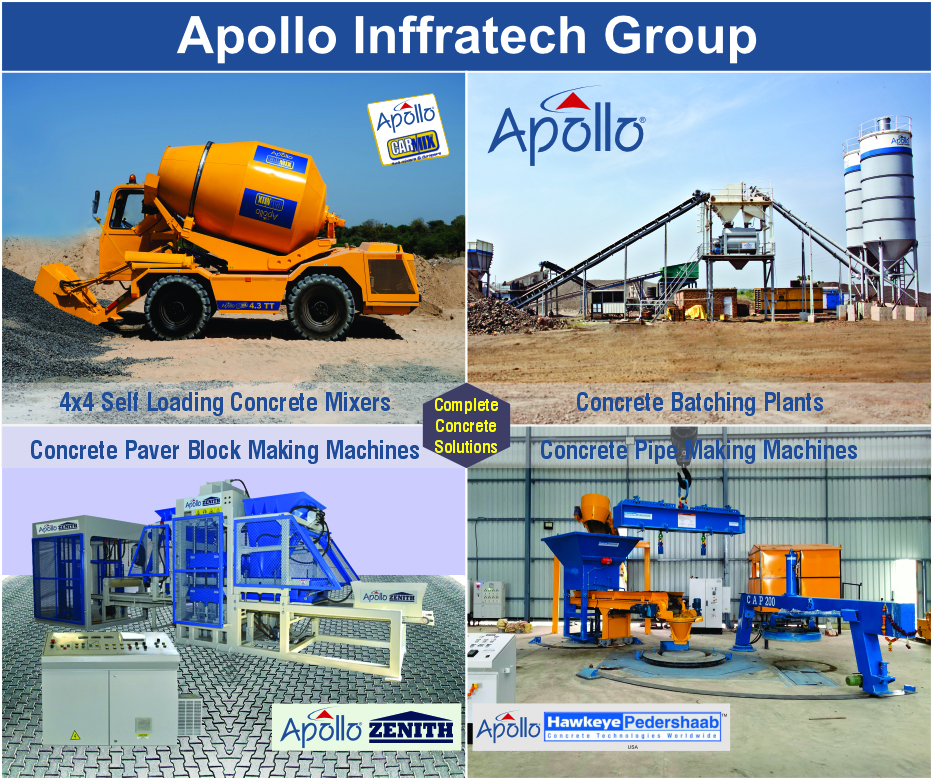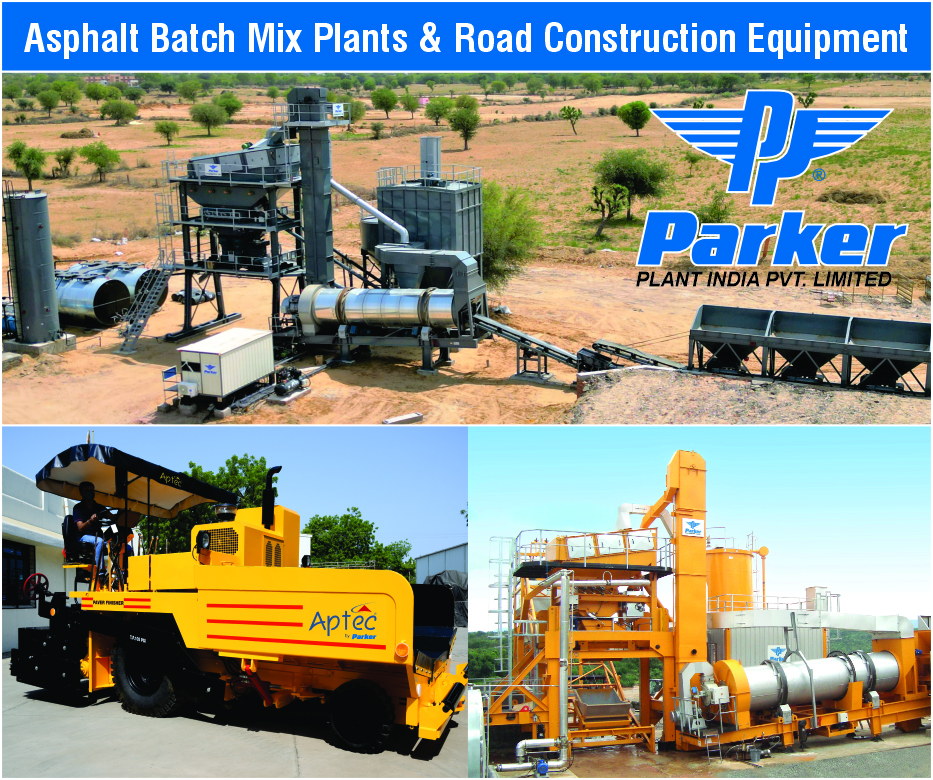The future of construction is being redefined by ecological building materials that balance innovation with environmental responsibility. As the global construction sector faces growing scrutiny over its carbon footprint, architects and engineers are embracing sustainable alternatives that allow for building without destroying.
Materials such as bamboo, hempcrete, rammed earth, mycelium bricks, and recycled composites are transforming modern architecture. These materials not only reduce emissions but also promote energy efficiency, durability, and harmony with natural ecosystems. For example, bamboo offers strength comparable to steel, while hempcrete provides excellent insulation and carbon absorption.
Architects are now designing buildings that go beyond aesthetics—structures that breathe, regulate temperature naturally, and minimize resource use across their lifecycle. Circular design principles, which encourage reusing and recycling materials, are becoming the foundation of sustainable construction practices.
Experts say the shift is not just technological but philosophical: it’s about creating built environments that coexist with nature rather than exploit it. With governments pushing for green certifications and net-zero buildings, ecological materials are no longer niche—they are the blueprint of the future.
In the coming decade, architecture built on sustainability will stand as a testament that progress and preservation can thrive together.









